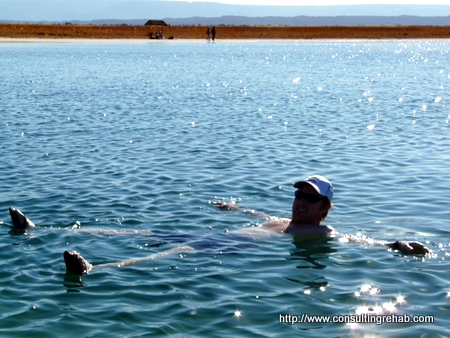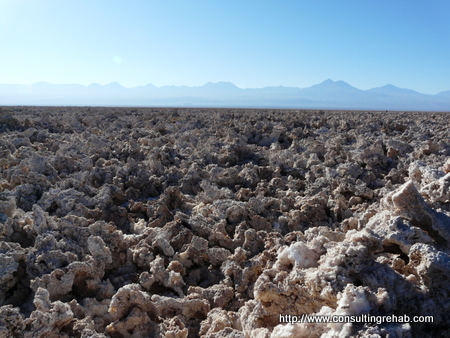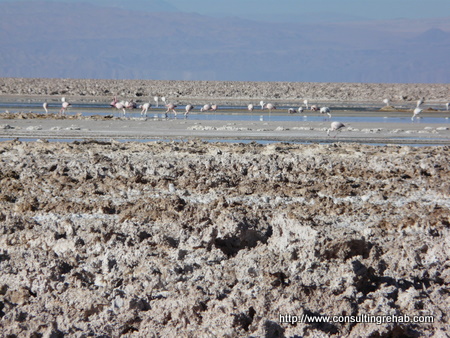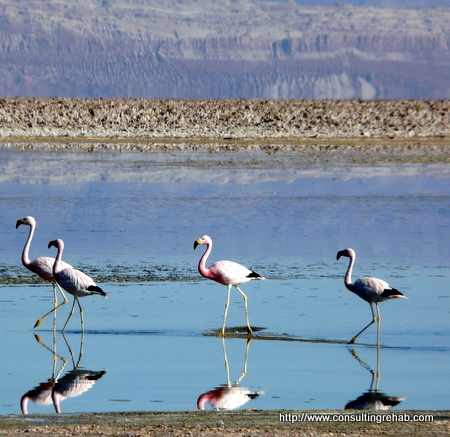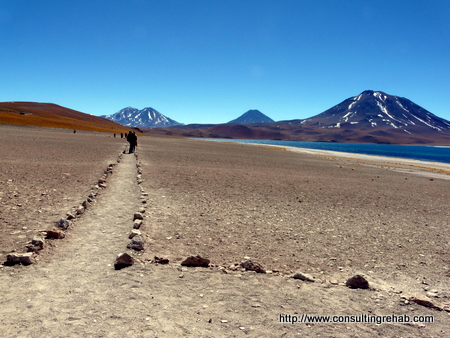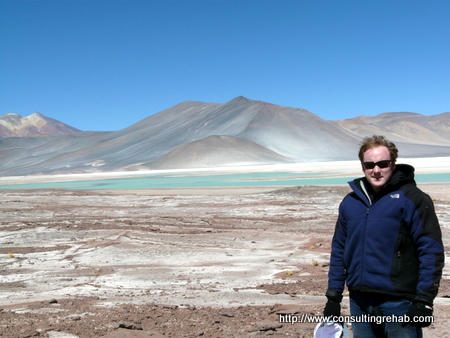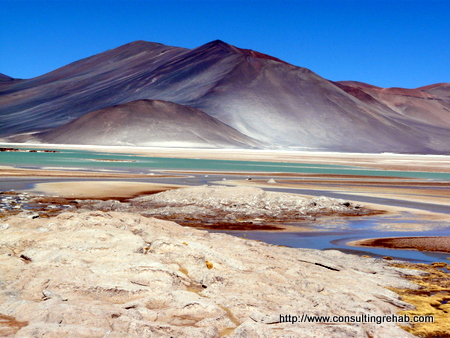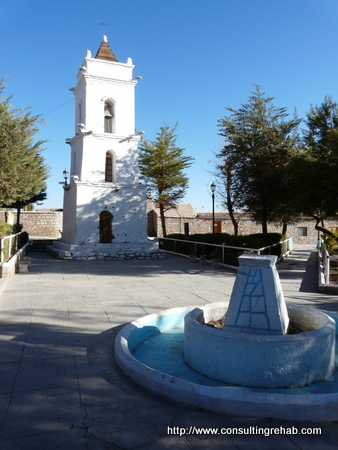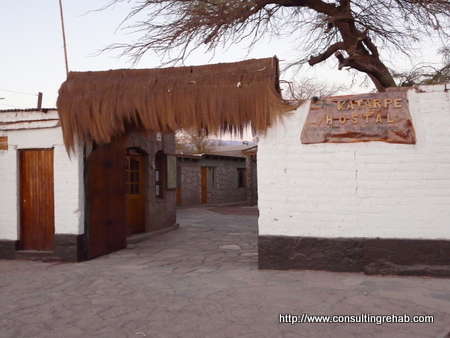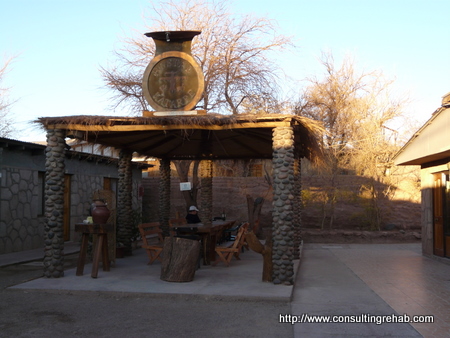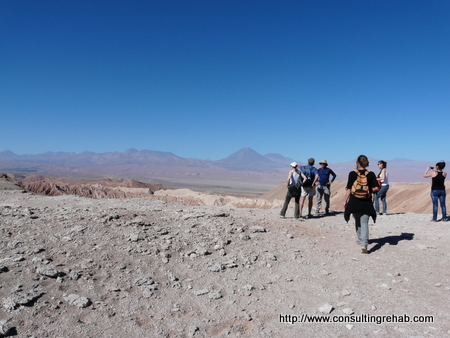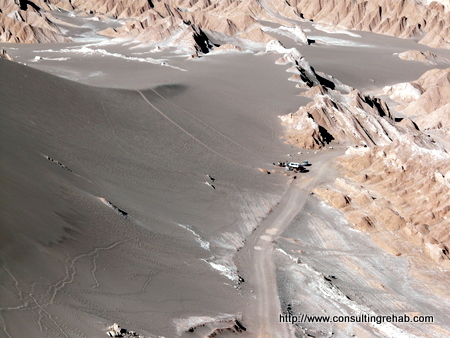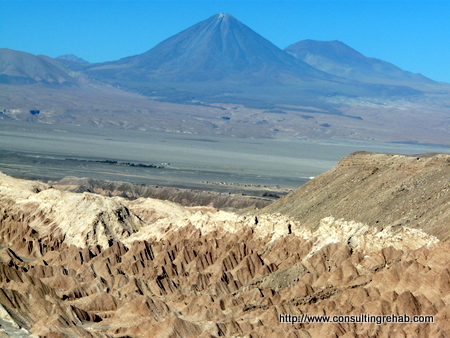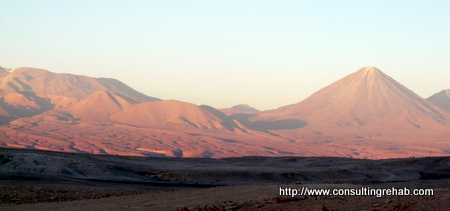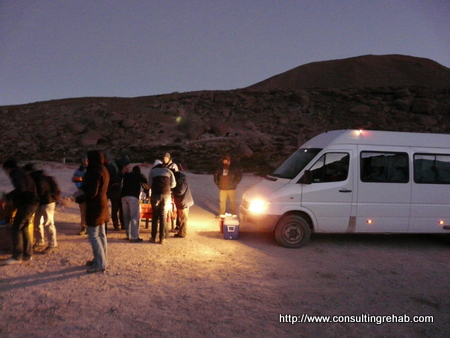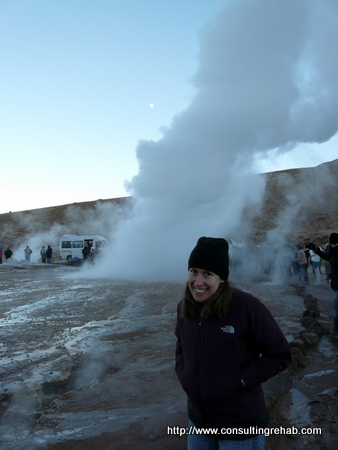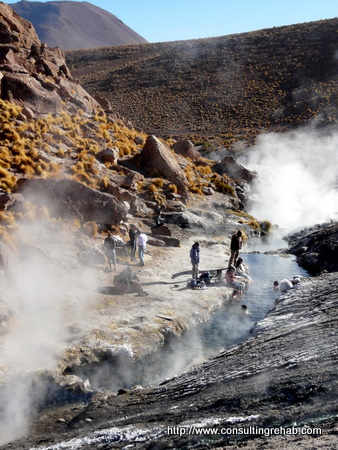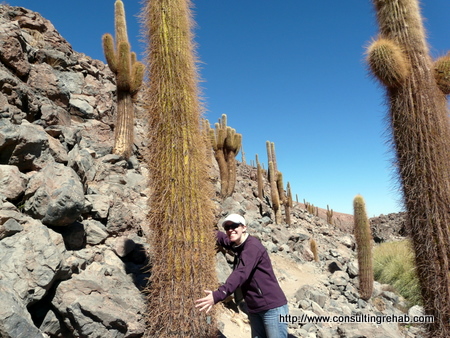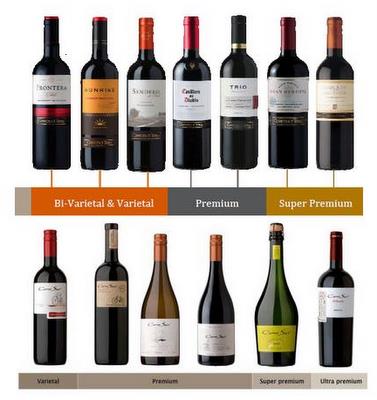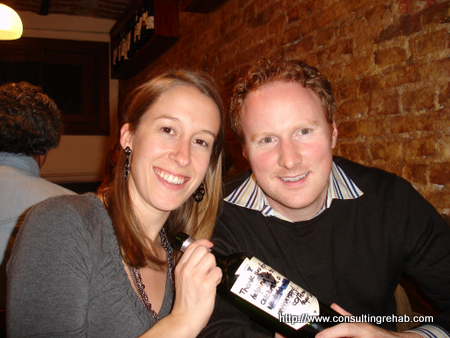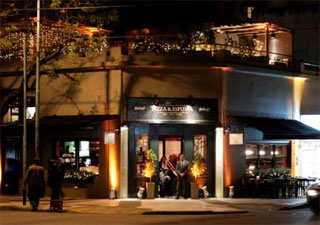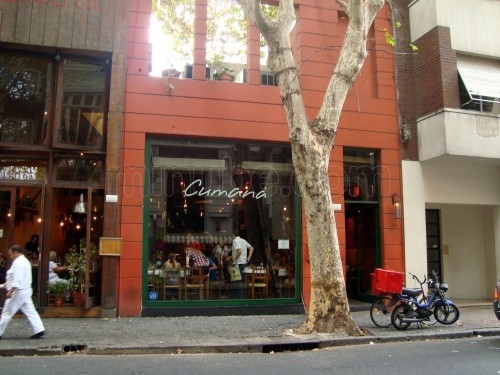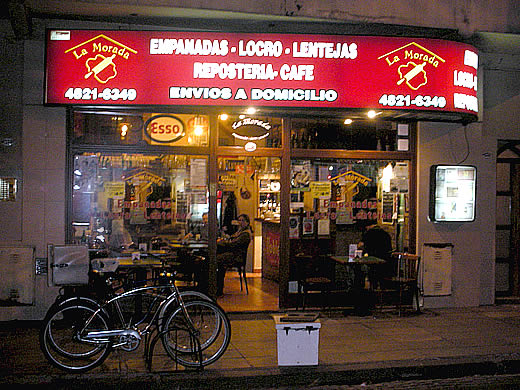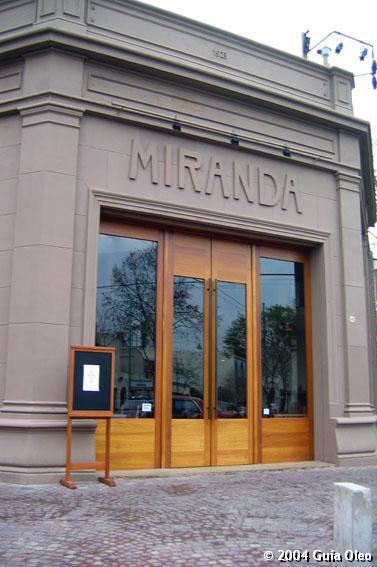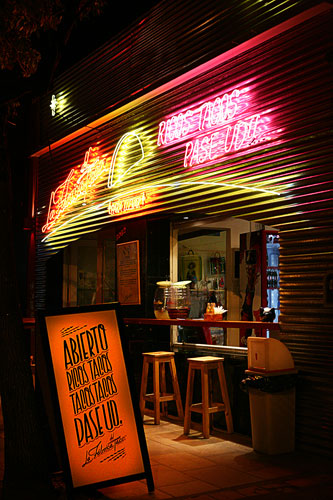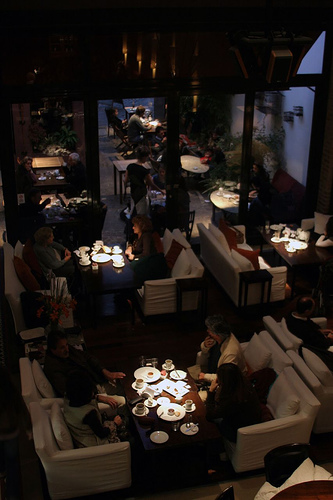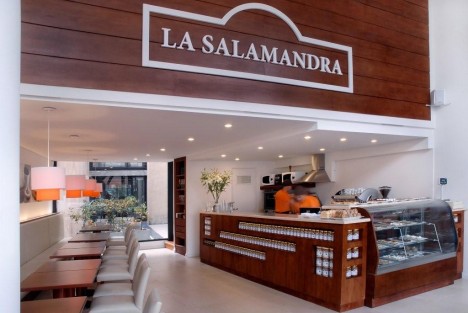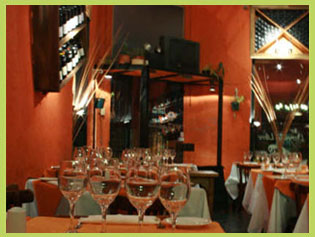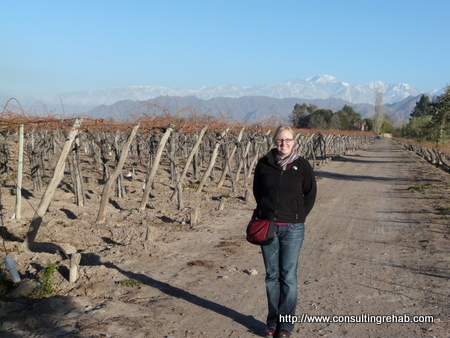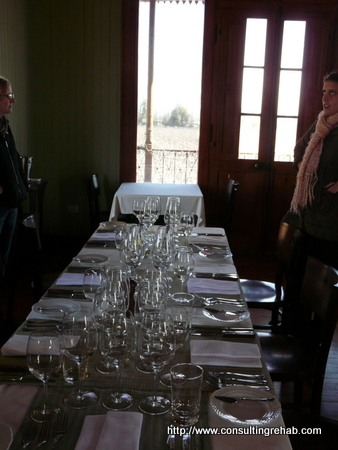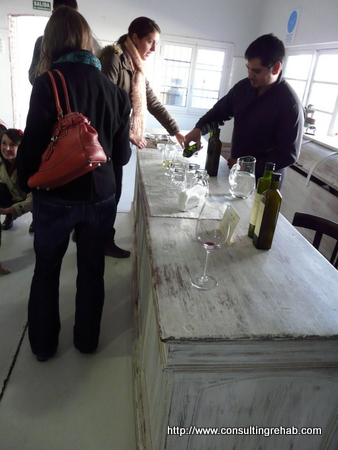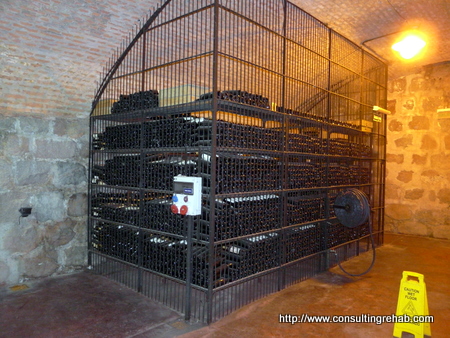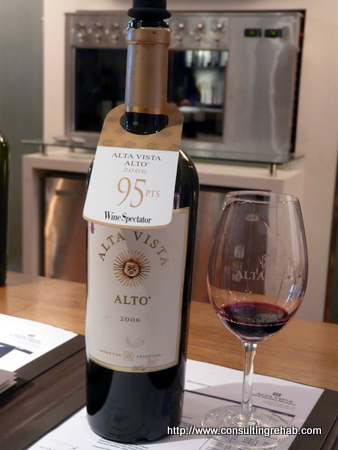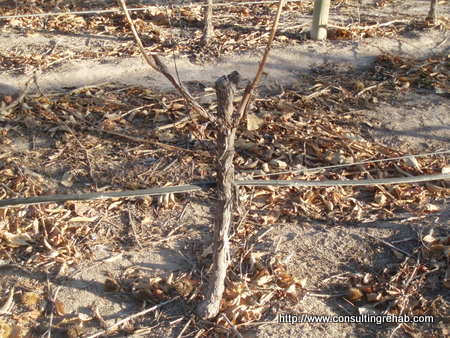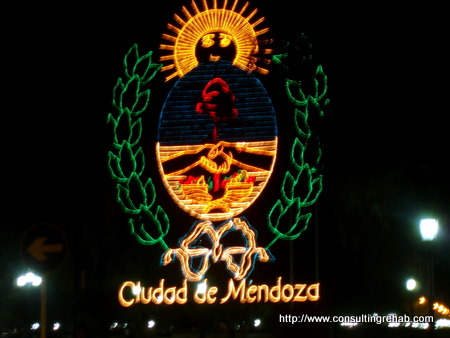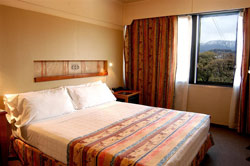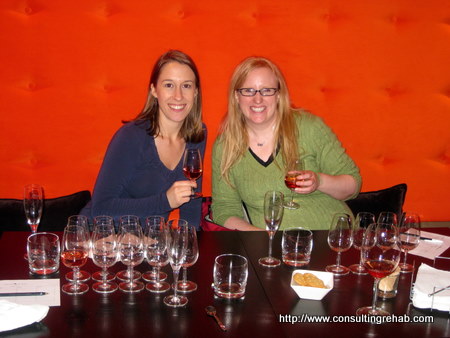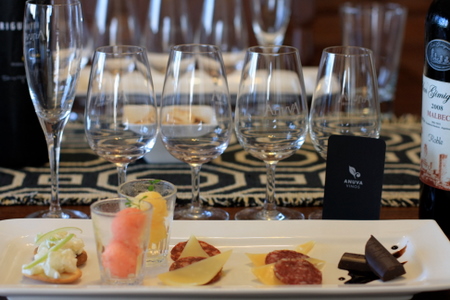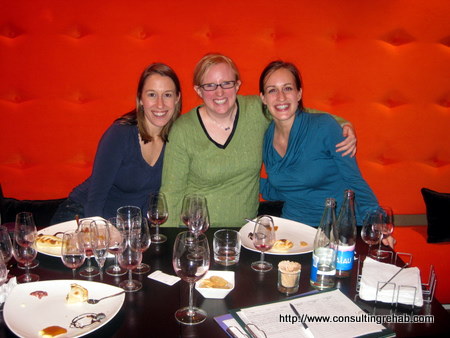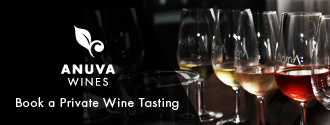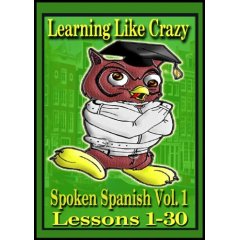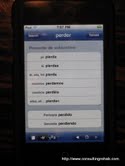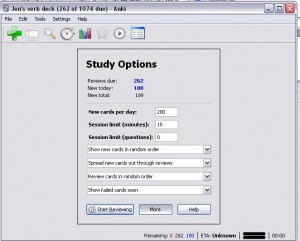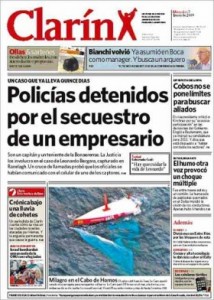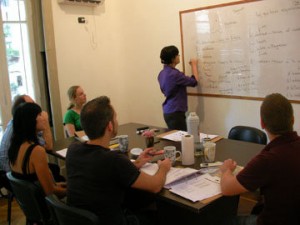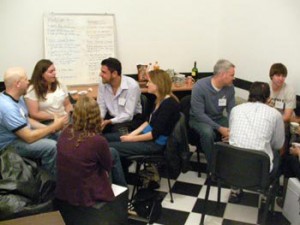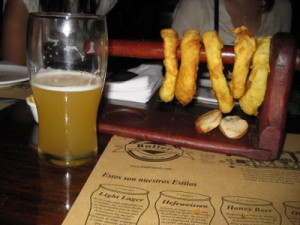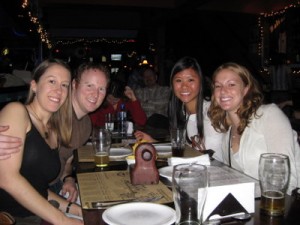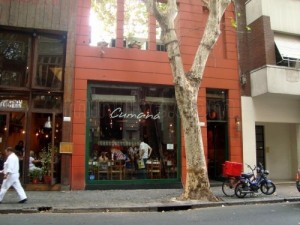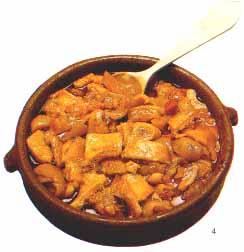Our vacation from a vacation from a vacation in San Pedro continues – here’s what we did days 3 and 4, as well as our thoughts on a few restaurants and hotels in San Pedro. (P.S. Day 4 includes the most incredible natural landscape we’ve ever seen . . . and we get around.) If you missed it, you can read Part 1 of our trip review here.
TOURS/EXCURSIONS
Day 3: Lagunas Cejar and Tebenquiche
Tour company: Layana
Price: CLP10,000/person (~US$20)
Time: Afternoon trip leaving San Pedro at 3pm (~4 hours)
What we did: The big attraction for this tour is going out to Laguna Cejar, where the water is so salty that you float. A lot. This sounded cool, so we signed up. What we didn’t hear before we went was that the water is cold. Really, really cold. We had been looking forward to relaxing in the water, given that it was a hot, sunny day, but all that changed when our toes touched the laguna. Ryan ended up getting in (briefly) and verified that you do, in fact, float more than in regular water.
Then, we hopped back in our tour bus and headed nearby to Laguna Tebenquiche for sunset. This place is really cool because you can get some incredible reflections of the volcanoes in the laguna – Ryan really liked this and took a lot of pictures.
A nice touch by the tour company was that they brought along snacks and pisco sours – yum! Some of our tour-mates skipped the sunset photo op and instead focused on taking pictures of themselves in various poses with the pisco sour bottle . . .
Verdict: This was a chill, relaxing afternoon activity – nothing spectacular (actually, the sunset was pretty incredible) but it was something fun to do close to town that didn’t mean being on a bus all day long. One strange thing with this tour was that the guide didn’t speak English at all during the tour. Not that he couldn’t speak English (he busted out some English with us later) but just that he didn’t bother asking if anyone on the tour wanted English. With other tours we were on, the guides always said everything in both English and Spanish. We didn’t say anything because we’d already heard enough about the volcanoes and lagoons on the other tours, but seemed strange to us that this was the approach.
See the rest of our pics from this trip here: Lagunas Cejar and Tebenquiche.
Day 4: Lagunas Altiplanicas
Tour company: Cosmo Andino
Price: CLP35,000/person (~US$70)
Time: Full day trip leaving San Pedro at 7am (~11 hours)
What we did: This was a day that involved a lot of sitting in the van, as many of the places we visited were really far away. We started at the Laguna Chaxa, which is in the middle of a massive salt flat – actually the 3rd largest in the world (after Bolivia and apparently Utah – who knew?). This was different than the salt flat we visited near Salta, Argentina, in that it’s an incredibly rugged landscape that looks more like rocks than the smooth white field we saw in Argentina.
The big attraction here for most people is the flamingos that hang out in the lagoon. They were cool, but really, really far away – see?
Luckily, we have a really good zoom on our camera.
We’d been to the (very good) zoo in Santiago the week before and seen flamingos from about 5 feet away, so we were less impressed than others in our group.
After breakfast at the first stop, we hopped in the van for a ~2 hour ride to 2 big lagoons at really high altitude. They were kind of pretty but (in my opinion) not worth the hours in the car. And, this was essentially just a photo stop – when we got there, we walked along a set path, then got back in the van. Not exactly adventure travel.
The stop that made this trip worthwhile, though, was at the Salar de Talar (Talar salt flat). Apparently Cosmo Andino is the only tour company that goes there – we arrived and were the only sign of civilization anywhere around. And this place was pretty incredible – the most spectacular thing we saw on the entire trip.
The colors that existed here were absolutely amazing.
We hopped out of the van and walked for a good 40 minutes along the edge of the lagoon – it was cold and windy but worth it because the view was so amazing. Check out our panoramic video and listen to the wind:
After the lagoons, we stopped in 2 small towns to walk around a bit. The second one, Toconao, was really charming – enjoying sodas in the main square before heading back to San Pedro was a great end to the day.
Verdict: This tour was worth it for the special stop at Salar de Talar – this was one of the most spectacular things we’ve ever seen in nature. After seeing it, we don’t understand why this isn’t the main attraction on the tour and the other tour companies don’t even go there at all. Cosmo Andino was a little more expensive than other tour companies but totally worth it. Also, our guide was great – Oscar was born of Chilean parents in London so speaks perfect English and Spanish . . . although we weren’t expecting the Cockney accent from a big Chilean dude, so took us a minute to adjust. He was great and made the tour really relaxed and fun.
See the rest of the pics from our trip here: Lagunas Altiplanicas.
RESTAURANTS
La Estaka
This place is AH-MAZ-ING. Better than pretty much anywhere we’ve eaten in Santiago. It’s 2 long rooms (indoors, which is important during cold desert nights – some of the other places are outside), both with fireplaces that give it a cozy atmosphere.
They usually play lounge music, and one night we were treated to an (actually very good) quartet playing traditional local music. The food here is really, really good – over the 4 out of 5 nights of our trip that we ate here, we tried both salmons on the menu (one served with an incredible, cheesy quinoa risotto), the chicken curry and the steak. There were some mix-ups in the service – on two separate nights, we tried to order the salmon with risotto and instead were served the other salmon. Not quite sure how or why this happened, but the serving staff handled it really well and recovered nicely, comping us drinks to make up for it (we like drinks). Aside than this, the service was fabulous – very attentive, very friendly and generally made us feel welcome. By our last night there, the manager knew us, knew how we liked our salmon cooked and knew we’d want extra pebre with our bread (it’s so good!!!). This place is on the more expensive end for San Pedro (mains CLP8,900/US$17), but well worth it in our opinion.
Adobe
We think this place is owned by the same company as our beloved La Estaka. They’re known for the fire pit they have in the middle of the dining area where people hang out at the end of their long day tours. We had lunch here but avoided it for dinner – the fire pit is awesome, but it’s outside, and we were cold enough when we sat INSIDE!! We had a salad and a pizza here, and both were good but not out of this world.
Blanco
What an embarrassment of a restaurant. This is a swanky-looking place in all white right on the main drag. It’s trying really hard to be sleek and modern, but just not getting it done. We’re fine with basic food when we’re traveling, especially when we’re in the middle of a desert. We just don’t like when a place pretends to be high end, charges really high prices, serves bad food and has a wait staff with an attitude. Our waiter here was probably the worst we’ve ever had. He completely forgot about our drinks and looked perturbed when we asked about them 15 minutes later, took our order wrong and then argued with us when we asked him to correct it when our food was delivered. The chicken was raw in the middle and, when it came back from the kitchen the second time, was overdone and crunchy. We came really close to walking out but ended up staying because we had a just-opened bottle of wine on the table. It was this experience that sent us back to La Estaka for the remainder of our trip.
Tierra Todo Natural
We stopped in to this cool little open-air cafe for coffee (real espresso, not Nescafe) one afternoon and again for lunch another day. The espresso was good, the sandwich I had for lunch was fresh but a little bland and the tacos Ryan had were really good. We were a little confused by the taco menu at first (they have one that’s a “guacamole taco” which consists of just a tortilla and guac . . . hmmm), but the meat tacos were really tasty, especially with cheese added. Service is a little slow but friendly – we’d go back.
WHERE WE STAYED
San Pedro has a handful of really high-end places to stay (think US$300-600/night) and a bunch of simple hotels and hostals; we opted for the latter. We made a reservation in advance to stay at the Takha Takha and then moved to the Hostal Katarpe after our first night.
Takha Takha Hotel
This is located right at the end of the main road running through town. We arrived late at night and we happy that they had our reservation. It was freezing, so we decided to upgrade to a room with heat, which cost CLP47,000 (~US$95). The room was pretty, done in adobe. But we were less-than-thrilled with the king bed (actually, 2 twins pushed together with a giant bump in the middle; could feel the individual springs when we laid down; one half of the bed (mine, lucky me) had a plastic potty guard mattress pad that crinkled any time we moved) and the bathroom that had 2 thin-as-paper closet doors. The next morning, we saw that the compound was under construction and had building materials strewn everywhere – not that pretty.
Also, no wifi – not a necessity, but nice to have. For what we were getting, we thought the place was significantly overpriced, so we found another place the next morning and moved.
Hostal Katarpe
We found this place after wandering in to ~10 different hotels/hostals near the main street.
At most of the places we checked, prices were pretty consistent, but this place was a great value! Our room was set near the back of the property (quiet!!), was very simple and clean and HAD HEAT and wifi!!! All this for CLP30,000/night (~US$60); note – we opted for the no-breakfast option for CLP5,000 less since so many of the tours leave first thing in the morning and include breakfast. The place also has a central patio that was great for relaxing and taking in a bit of late-afternoon sun. The woman who runs the place is very friendly and helpful, and we really enjoyed staying here!
OVERALL
This was a great trip, and we’re so glad we were able to fit it in while we’re here. It was really relaxing (other than the 4am geyser trip) and as different from Santiago as is possible. We got a ton of amazing pictures (see them here), at least a few of them will end up framed on the wall (someday, when we have a wall to call our own again). Yay travel!

